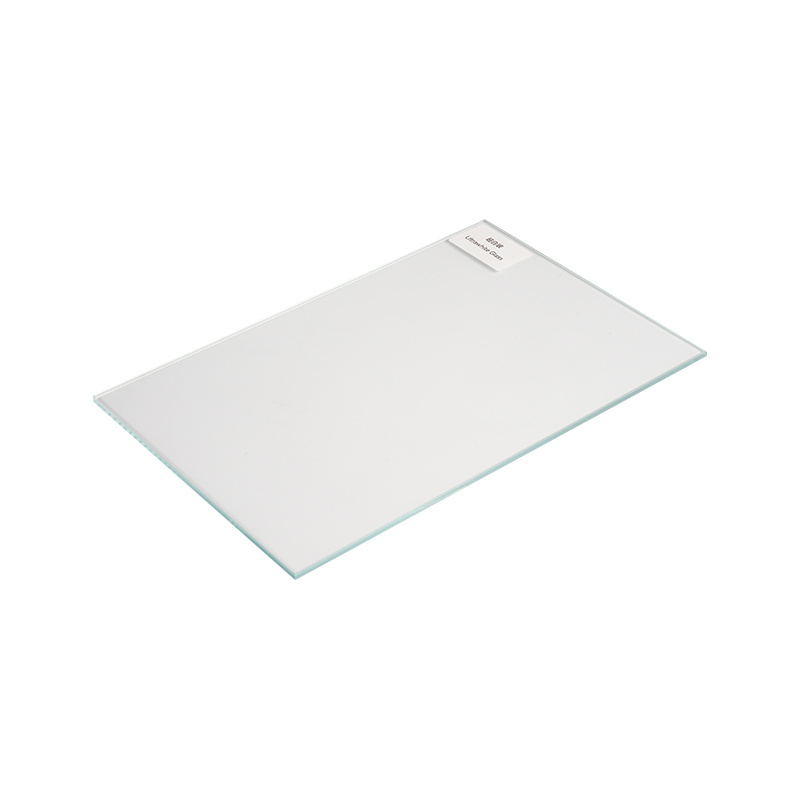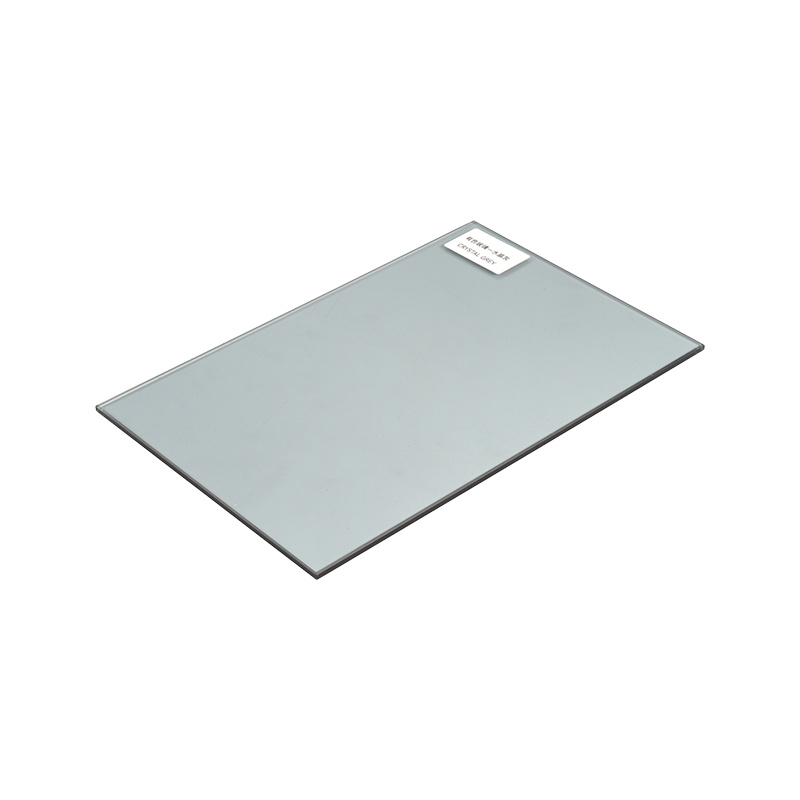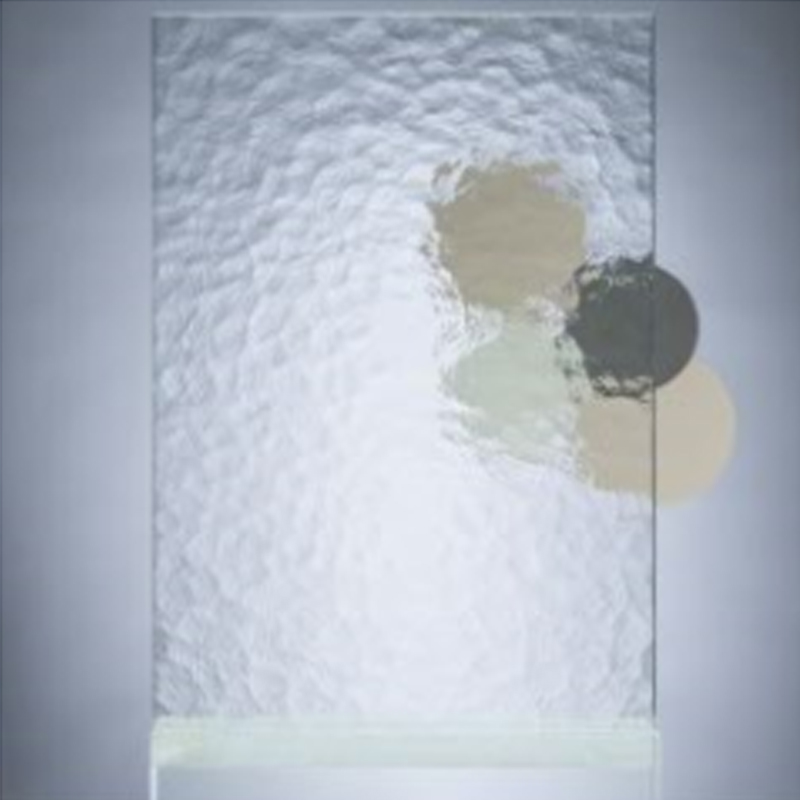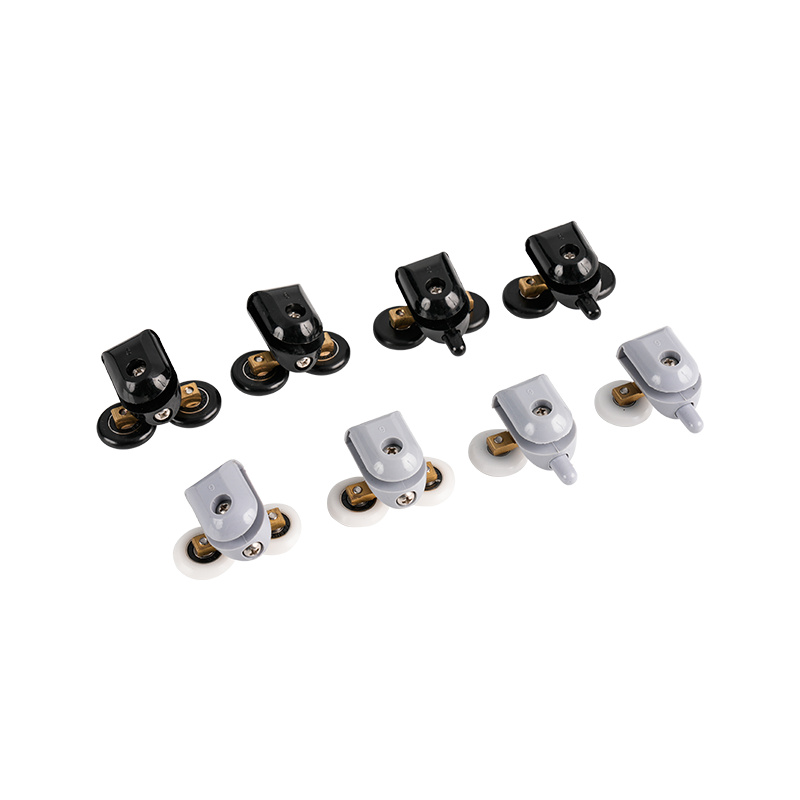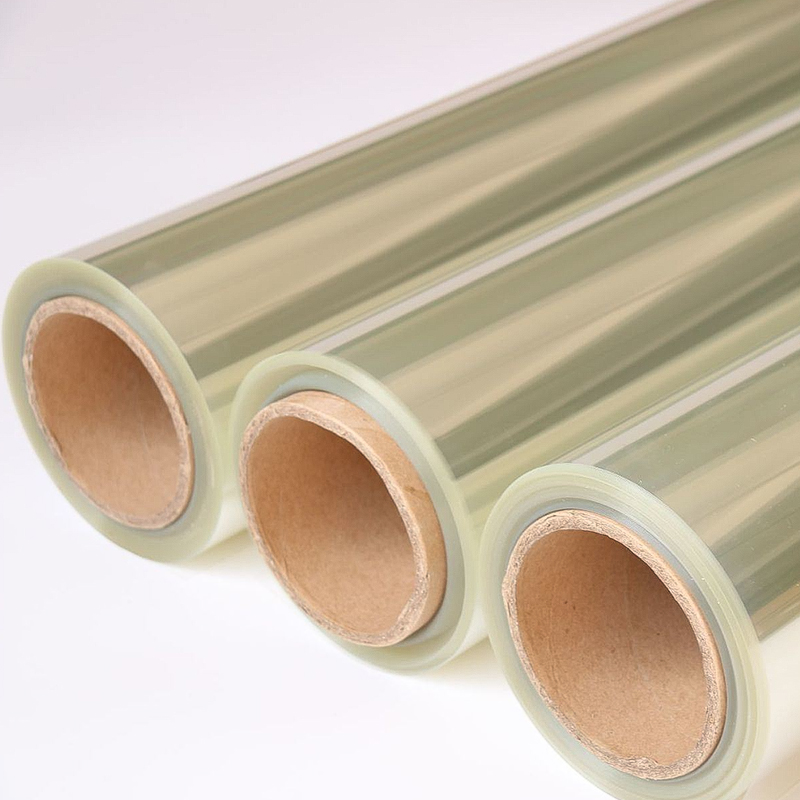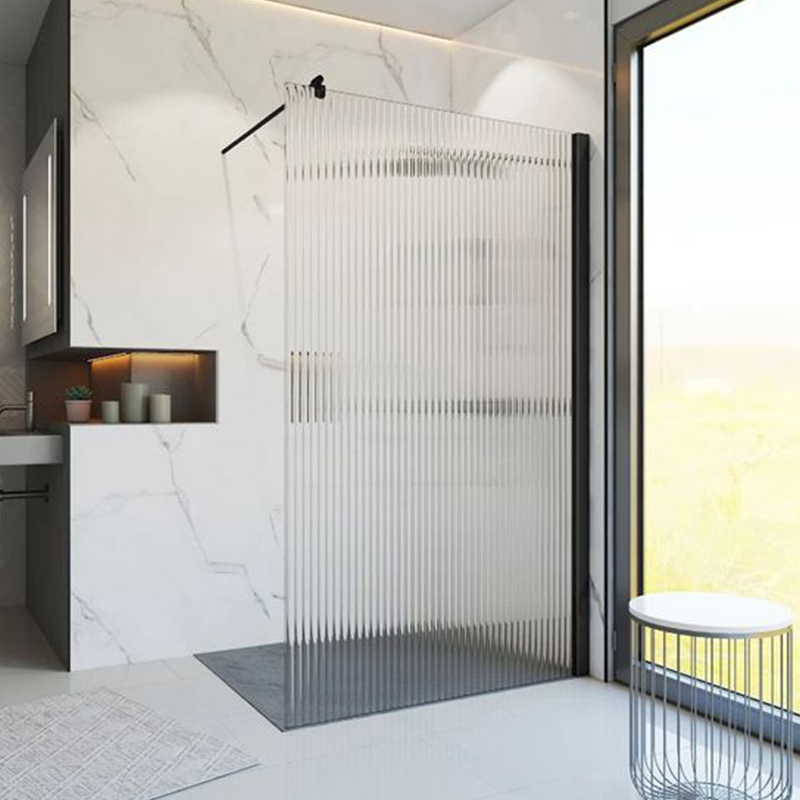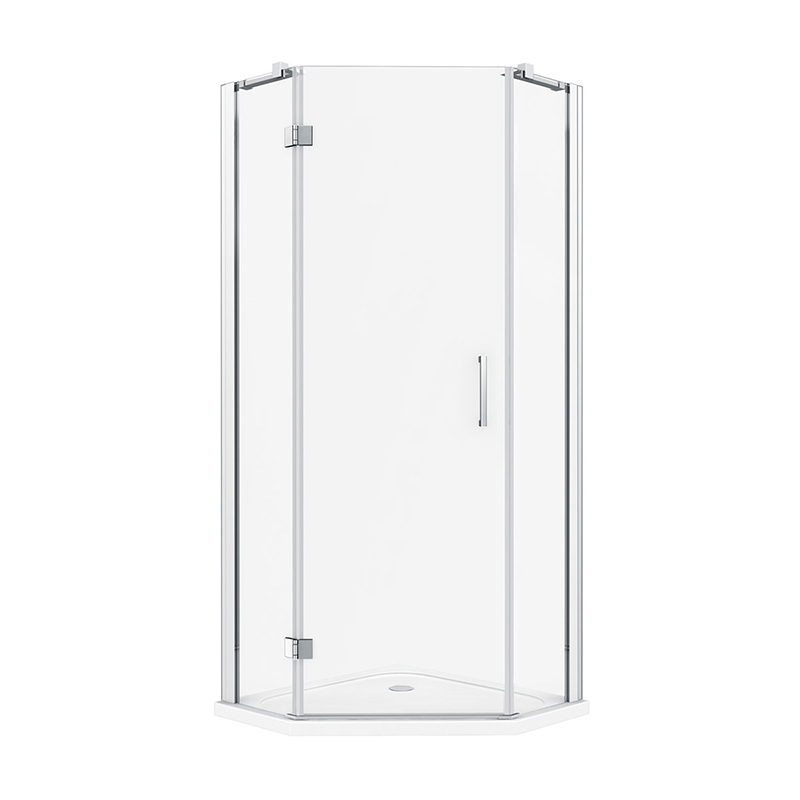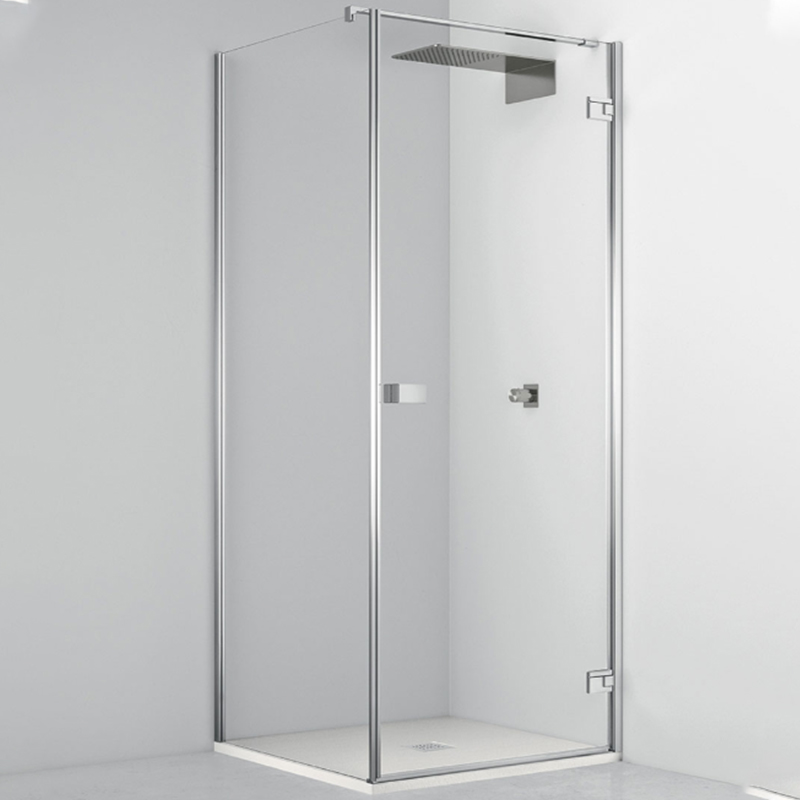In modern architecture and decoration design, glass, as an important material for facades and interior spaces, has far exceeded its most basic attribute of "transparency". Low Transmittance Tinted Tempered Glass, with its excellent heat insulation performance, visual privacy and structural safety, has gradually become an important option for high-end commercial buildings, residences, curtain wall systems and even automotive glass.
Low Transmittance Tinted Tempered Glass is a colored glass made by adding specific metal oxides (such as iron oxide, cobalt oxide, etc.) to the glass melting process on the basis of float glass, and then subjected to high-temperature heating and rapid cooling treatment to form tempered glass with high strength and thermal stability.
Compared with ordinary transparent glass, colored glass can absorb more visible light due to the presence of color, thereby reducing light transmittance. The tempering treatment further enhances its impact resistance and thermal stability, making it widely used in occasions that require both beauty and function.

Core advantage: the "invisible power" of Low Transmittance Tinted Tempered Glass
1. Effectively control solar radiation and improve building energy efficiency
Under sunlight, low-transmittance tinted glass can significantly reduce the amount of solar radiation entering the room, especially the strong absorption capacity of visible light and some near-infrared bands, which significantly reduces the indoor temperature rise of glass curtain walls, sun rooms and other spaces. Compared with ordinary glass, it can reduce the air conditioning load by up to 20%~30%, and is a key material in passive energy-saving design.
2. Provide a comfortable visual experience and reduce glare interference
For large buildings or floor-to-ceiling windows, strong light often causes glare troubles. Low-transmittance tinted glass suppresses excess light, making the indoor light environment softer and more stable, especially suitable for office buildings, exhibition halls, classrooms and other spaces that require long-term visual work.
3. Improve privacy and ensure user safety
The addition of color also gives the glass a certain "shielding" function, making it difficult for the outside world to see the indoor situation clearly, which improves the privacy of the space. At the same time, tempering treatment gives glass 4 to 5 times the impact resistance of ordinary glass. Even if it breaks, it will break into small particles with blunt angles, which greatly reduces the risk of injury and meets national safety glass standards (such as GB 15763.2).
4. Strong decorative effect, enhancing the beauty of the building
The colored tempered glass on the market is rich in colors, such as dark gray, lake blue, brown, dark green, etc., suitable for different architectural styles. Its surface texture is more modern, and can be further deepened through glass splicing, interlayer combination, ceramic printing and other forms to meet the designer's high requirements for personalized appearance.
Wide range of application scenarios: from building curtain walls to high-end homes
Building exterior walls and curtain wall systems
Low Transmittance Tinted Tempered Glass is widely used in the facades of modern urban buildings, such as office buildings, banks, hotels, airport terminals, etc. This type of building usually pursues thermal insulation, energy saving and visual integrated design, and the "beautiful + functional" characteristics of tempered colored glass just meet the needs.

Sunroom and skylight system
For sunrooms, the glass is directly exposed to strong light. The use of low-transmittance glass can effectively reduce the internal temperature and slow down the aging of furniture and floors due to sunlight.
High-end residences and glass guardrails
Tempered tinted glass is also often used in scenes such as balcony guardrails, stair railings, and bathroom partitions. It not only plays a role in partition and decoration, but is also favored for its superior safety.
Transportation glass and home appliance panels
Automobile glass, subway car windows, etc. also use low-transmittance tempered glass to cope with strong light exposure. Some high-end home appliances such as ovens and microwave oven panels also tend to use this type of glass to improve the overall appearance texture and heat resistance.
In the selection of building materials, the transmittance, thermal performance, safety performance and decorativeness of glass are indispensable. Low Transmittance Tinted Tempered Glass is a typical representative of multi-faceted performance. It not only responds to the era proposition of green and low-carbon, but also gives architecture more aesthetic expression.



 中文简体
中文简体